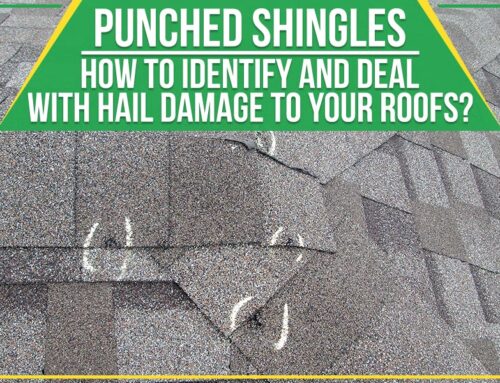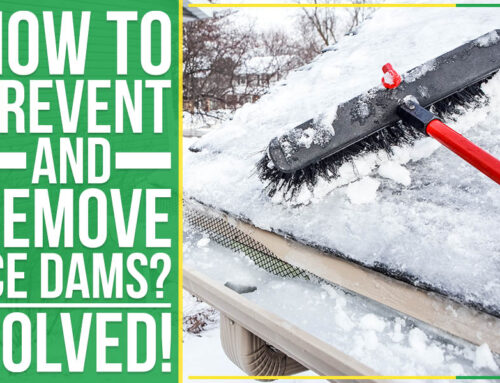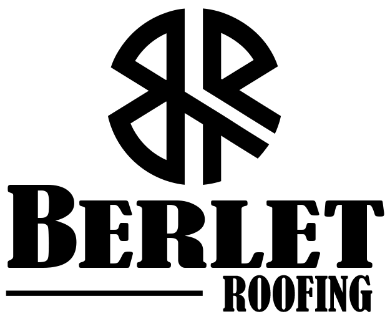
There’s no getting around it: winter is tough on roofs. Between the weight of snow and ice and the thermal expansion and contraction that comes with cold weather, roofs can take a beating during late winters in Colorado.
If you’re not careful, unchecked freeze-thaw damage can lead to some serious problems down the road. So, what steps protect your roof from the ravages of winter and pre-summer seasonal variations? Read on for our tips!
How Does Freeze-Thaw Affect A Roof?
The freeze-thaw cycle happens when water seeps into tiny cracks in your roof and freezes. Expanding water puts pressure on the surrounding material, causing the cracks to grow. Over time, this can lead to severe damage like leaks, falling debris, and even collapse.
What are the Warning Signs of Freeze-Thaw Damage?
One obvious sign of freeze-thaw damage is leaking. Visible stains on the ceiling or walls are a warning sign indicating that your roof’s in trouble. Other warning signs include:
- Cracks in the ceiling or walls
- Peeling paint or wallpaper
- Gaps in the seams of your roof
- Sagging or drooping sections of the roof
Call a professional roofing contractor right away if you notice such damage or warning signs. Attempting to repair the damage yourself could put you at risk of injury.
Long-Term Effects of Freeze-Thaw Cycle
Waiting too long to repair damages caused by the freeze-thaw cycle could sign you up for some serious consequences and hefty repairs. Not only will the damage continue to worsen, but you could also be putting yourself and your family at risk.
The freeze-thaw cycle will cause the cracks and gaps in your roof to expand, which will allow more water to enter your home. This can lead to severe problems like:
- Mold and mildew growth
- Rotting of wood structural components
- Weakened load-bearing support could cause a collapse
How Can You Prevent Freeze-Thaw Damage?
There are a few steps you can take to prevent freeze-thaw damage from occurring in the first place:
- Keep your gutters clean and free of debris. This will allow water to flow freely away from your roof and reduce the chances of leaks.
- Inspect your roof regularly for cracks
- missing or damaged shingles
- cracked or peeling paint
- sagging ceilings
- musty odors
- Make sure your attic is well-ventilated. This will help regulate the temperature and reduce the risk of ice dams forming on your roof.
- Keep trees trimmed away from your house. Overhanging branches can damage your roof and allow water to seep in through the cracks.
Here at Berlet Roofing, serving Steamboat Springs, we understand roofing problems. We offer various roofing services, including emergency repairs and replacements.
If you’re experiencing problems with your roof, don’t hesitate to call us or schedule a roofing repair service. We’ll be more than happy to resolve your problem.





